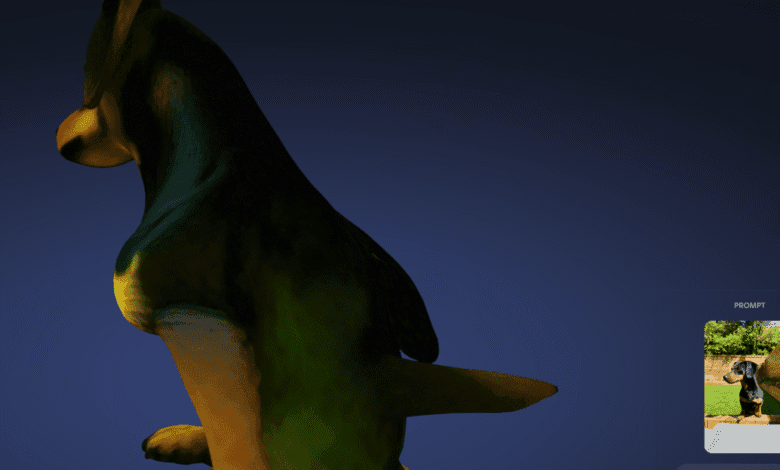Microsoft Copilot 3D: Perfect for Ikea, Not for Pets

▼ Summary
– Microsoft quietly launched Copilot 3D, a free feature that converts 2D images into 3D models for use in gaming, animation, and VR/AR.
– Copilot 3D works best with clean 2D images featuring clear backgrounds, even lighting, and depth, but struggles with animals and humans.
– The feature is available to all Copilot users globally via the web version, without requiring a Copilot Pro subscription.
– Copilot 3D supports JPG or PNG images under 10MB and stores converted 3D models in GLB format for 28 days, compatible with design tools and game engines.
– Microsoft restricts the use of copyrighted material or images of individuals without consent, enforcing guardrails to block unauthorized content.
Microsoft’s new Copilot 3D feature transforms ordinary 2D images into detailed 3D models, opening up possibilities for gaming, animation, and augmented reality projects. The tool, which recently launched alongside updates to OpenAI’s GPT-5 integration, requires no text prompts, just a clean image with good lighting and clear subject separation. Currently available through Copilot Labs, it’s accessible to all users globally without requiring a Pro subscription.
Testing reveals Copilot 3D excels with objects like furniture and everyday items but struggles with organic subjects. When fed images of IKEA products from the retailer’s website, the AI generated impressively accurate 3D models suitable for AR applications. Beach balls and bananas converted seamlessly, while umbrellas required higher-quality source images with better depth perception. The system did incorporate unintended elements like shadows in some conversions, though these artifacts can be edited out later.
The technology falters significantly with living creatures. Attempts to model pets resulted in bizarre anatomical inaccuracies, while human subjects either triggered content restrictions or produced unsettling results. Microsoft enforces strict guidelines against processing unauthorized images of people or copyrighted material, attempts to model celebrities like Tim Cook or Taylor Swift were automatically blocked.
Files under 10MB in JPG or PNG format work best, with outputs saved in GLB format for 28 days. These files integrate smoothly with major 3D software packages and can be converted to STL for 3D printing. While the system permits attempts at modeling fictional characters like Mario, the results often appear distorted, and Microsoft reserves the right to restrict accounts violating its conduct policies.
This experimental tool shows particular promise for product visualization and design workflows, though its limitations with organic subjects suggest it’s better suited for objects than living beings. As with many AI-powered features, output quality depends heavily on input quality, sharp, well-lit images of simple objects yield the best results.
(Source: The Verge)